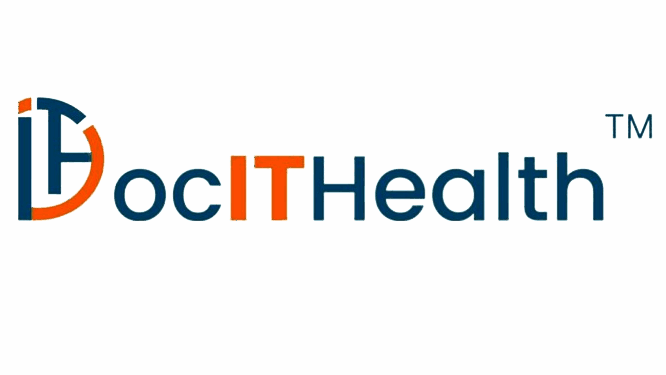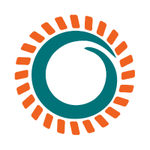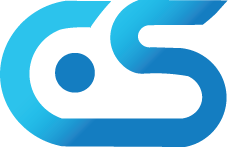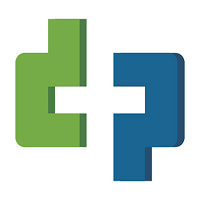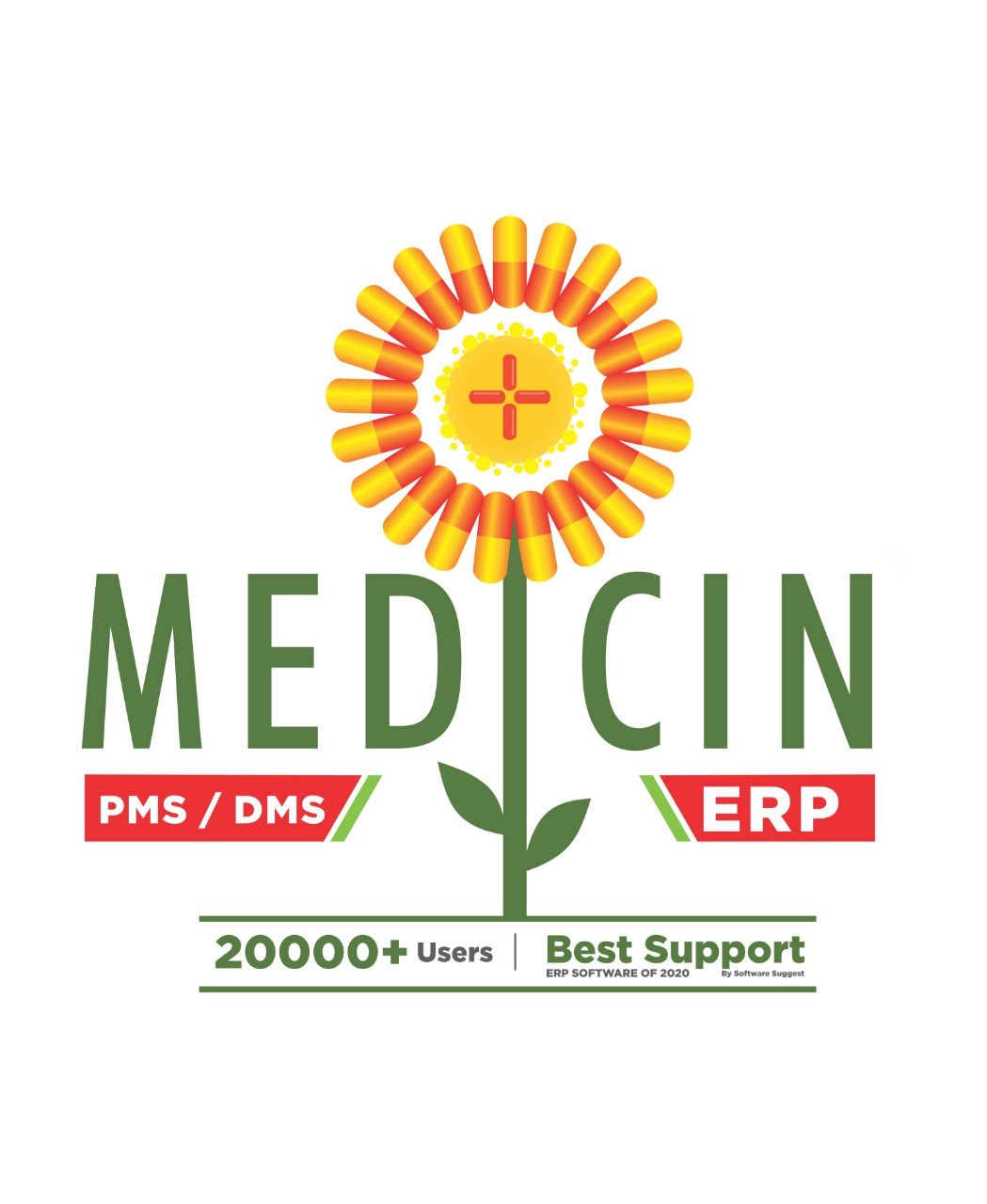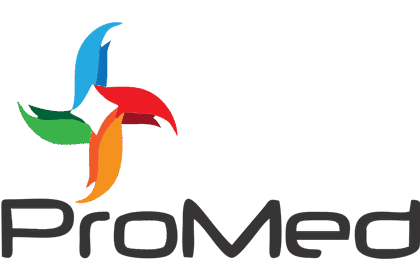What Is OPD Management Software?
OPD management software is a comprehensive solution for streamlining and improving outpatient department management in healthcare settings such as hospitals, clinics, and private practices. It is a critical solution that enables healthcare professionals to streamline and optimize their workflows, improve patient care, and boost overall efficiency. This program has a variety of features and functionalities that help healthcare professionals manage their outpatient departments effectively.
These include appointment scheduling, patient registration, electronic health records, billing and invoicing, inventory management, and reporting and analytics. These qualities combine to form a unified and efficient system for overseeing all parts of the outpatient department. One of the primary advantages of OPD management software is its capacity to automate numerous procedures, hence removing the need for manual paperwork and lowering the likelihood of errors.
This leads in a more accurate and organized system, allowing healthcare providers to access and update patient data in real time. Another noteworthy feature of this program is its patient-centered approach. It enables healthcare providers to manage and monitor patient appointments, treatment plans, and prescriptions, ensuring that patients receive prompt and individualized care.
This not only increases patient pleasure, but it also aids in developing a solid rapport with patients. Furthermore, OPD management software helps healthcare institutions track and manage their inventory efficiently. This guarantees that critical medications and supplies are constantly available, avoiding disruptions in patient care. In addition to these functions, OPD management software provides powerful reporting and analytics capabilities.
This enables healthcare providers to monitor key performance metrics and make data-driven decisions that improve the efficiency and efficacy of their outpatient departments. In today's competitive healthcare business, OPD management software is becoming increasingly important for healthcare facilities seeking to simplify operations and provide high-quality patient care.
Healthcare providers can significantly improve their overall efficiency and patient experience by investing in a dependable and user-friendly OPD management system. So, if you're looking for an OPD management software, be sure to analyze all of its features and functionalities to find the ideal fit for your facility's specific requirements.
What Are The Recent Trends In OPD Management Software?
In recent years, the healthcare business has seen an increase in the use of technology to improve efficiency, accuracy, and patient care. This tendency has also been observed in the management of outpatient departments (OPD), with the introduction of OPD Management Software. One of the most significant trends in OPD Management Software is the shift to cloud-based solutions.
This enables convenient access and management of patient information, appointments, and other data from anywhere with an internet connection. It also eliminates the need for physical storage space, which lowers costs and improves security. Another trend is the use of AI and ML algorithms in OPD Management Software. These technologies can analyze large amounts of data to detect trends and patterns, allowing healthcare workers to make more educated decisions and improve patient outcomes.
Mobile integration is getting more prevalent in OPD Management Software. Doctors and staff can use mobile devices to access patient records, schedule appointments, and get real-time updates from anywhere, resulting in improved coordination and communication. OPD Management Software is also growing to include telemedicine features, which will allow patients to consult with doctors remotely.
This feature has been critical in the aftermath of the COVID-19 epidemic, as it lowers the risk of infection and improves access to healthcare for patients in rural locations. Another notable trend is the incorporation of patient portals into OPD management software. These portals allow patients to securely access their medical records, schedule appointments, and connect with their healthcare professionals. This increases patient engagement and happiness while cutting administrative procedures.
Benefits Of Using OPD Management Software
OPD management software is a vital tool for healthcare organizations, including hospitals, clinics, and private practices. It offers several benefits that might boost the facility's overall efficiency and productivity.
In this buyer's guide, we'll go over the primary advantages of adopting OPD management software so you can make an informed selection.
1. Streamlined Appointment Scheduling: One of the key advantages of OPD management software is that it simplifies the appointment scheduling procedure. Appointments can be booked, rescheduled, or canceled with the touch of a single button. This reduces the need for human appointment handling, lowering the risk of errors and multiple reservations.
2. Patient Records Management: OPD management software allows you to effortlessly manage and access patient records from a single platform. This eliminates the need for physical files while keeping patient information secure and organized. The software also enables quick retrieval and updating of patient records, saving time and resources.
3. Efficient Queue Management: OPD management software includes capabilities like virtual queues and waitlist management, which aid in the efficient control of patient flow. This shortens wait times and enhances the overall patient experience.
4. Integration With Billing And Payment Systems: The software works with billing and payment systems to make the payment process easier for both patients and healthcare providers. This not only saves time, but also helps to reduce billing and collection problems.
5. Real-Time Data And Analytics: The program offers real-time data and analytics, allowing healthcare providers to get insight into their operations. This aids in finding areas for improvement, making data-driven decisions, and increasing the overall efficiency of the facility.
6. Tailored Patient Communication: OPD management software enables tailored communication with patients via SMS or email reminders, appointment confirmations, and health suggestions. This increases patient involvement and facilitates the development of long-term relationships with patients.
7. Prescription Management: The software also has prescription management tools, which enable healthcare providers to digitally prescribe prescriptions and maintain their patients' medication histories. This not only removes the need for paper prescriptions, but also lowers the possibility of errors.
8. Accessibility And Remote Management: OPD management software enables healthcare providers to access patient records and manage operations from any device with an internet connection. This enables remote management, making it easier for healthcare providers to access records and conduct virtual consultations.
9. Cost And Time Savings: By automating different operations and reducing the need for manual record keeping, OPD management software helps healthcare institutions save time and resources. This leads to long-term cost reductions.
Important Factors To Consider While Purchasing OPD Management Software?
When selecting OPD management software, you must examine various things to make an informed decision. As a vital instrument in the smooth operation of a healthcare institution, the correct OPD management software may streamline operations, increase efficiency, and, ultimately, improve patient care.
Here are some critical aspects to consider while selecting OPD management software:
1. User-Friendly Interface: The software should have a simple interface that is easy to use for both staff and patients. It should have a straightforward design with intuitive features that require little training to use.
2. Customization Options: Each healthcare facility has distinct requirements and workflows. As a result, it is critical to acquire software that is customizable and adaptable to your individual needs.
3. Integration With Existing Systems: The OPD management software should work seamlessly with your existing electronic health records (EHR) and other systems to prevent data flow and communication disruptions.
4. Security And Data Protection: Because healthcare institutions handle sensitive patient information, it is critical to select software that includes advanced security features and data protection to maintain compliance with HIPAA standards.
5. Appointment Scheduling: Effective OPD management software must include a powerful appointment scheduling system that can handle multiple appointments, rescheduling, and cancellations while also allowing for simple tracking and management.
6. Billing And Payment Processing: The program should include a billing and payment processing system that can process insurance claims, send payment reminders, and give accurate and timely billing information.
7. Analytics And Reporting: A reputable OPD management software should include reporting and analytics features that may provide information on patient visits, wait times, cancellations, revenue, and other vital performance measures. This can help you make more informed decisions and enhance operational efficiency.
8. Customer Support And Training: Before making a purchase, make sure that the software vendor provides good customer support and training tools to help you understand and use the product properly.
9. Scalability And Upgrades: As your healthcare institution grows, your software requirements may alter. As a result, it is critical to select software that is expandable and allows for upgrades to suit your future requirements.
10. Cost And Return On Investment: Finally, think about the software's cost and prospective ROI. While more expensive software may have advanced capabilities, make sure it fits your budget and gives a clear return on investment.
What Are The Key Features To Look For In OPD Management Software?
When looking for the best OPD Management Software, you should evaluate the major elements that will effectively streamline and improve your outpatient department's (OPD) operations. With so many options available, it can be difficult to decide which functions are critical for your firm.
To assist you in this process, below are some critical characteristics to look for in OPD Management Software.
1. Appointment Scheduling: One of the key purposes of OPD Management Software is to streamline and automate the appointment scheduling process. Look for software that allows you to easily book, reschedule, and cancel appointments while also delivering real-time availability information.
2. Patient Record Management: A reliable OPD Management Software should provide a safe and user-friendly method for handling patient information. This contains elements like electronic health records (EHR), patient histories, and treatment plans, which authorized staff members can access at any time.
3. Billing And Payment Tracking: Managing patient billing and payments can be a difficult undertaking. That is why a reputable OPD Management Software should have capabilities for producing and managing invoices, tracking payments, and providing reports to help you keep your finances in order.
4. Inventory Management: It is critical in an OPD setting to have a well-managed and structured inventory of medications, medical supplies, and equipment. Look for software that includes inventory tracking, stock notifications, and buy orders to keep your inventory up to date.
5. Integration With Other Systems: Your OPD Management Software should be compatible with EHRs, laboratory and imaging systems, and accounting software. This ensures a smooth flow of data and avoids the need for human data entry.
6. Reporting And Analytics: A good OPD Management Software should provide extensive data and analytical insights to assist you find areas for development and make sound decisions. Look for options like customisable reports and data visualization tools to make analysis easier and more accurate.
7. Mobile Compatibility: With the development of remote work and telehealth services, having mobile-friendly OPD Management Software is becoming increasingly crucial. Look for software that supports mobile devices, so your personnel can access patient records and manage appointments while on the move.
In addition to these vital characteristics, other things to examine before making a decision include the software's user interface, security measures, and customer support services. By taking these qualities into account, you can choose the best OPD Management Software for your organization's specific demands while also providing efficient and effective management of your outpatient departments.
Why Do Businesses Need OPD Management Software?
OPD management software is a critical tool for enterprises, particularly in the healthcare sector. It offers a comprehensive solution for overseeing Outpatient Department (OPD) activities, such as patient visits, scheduling, billing, and record keeping. There are numerous reasons why firms want OPD management software. For starters, it streamlines the entire OPD management process, lowering administrative burdens and saving time for staff.
Staff can focus on providing exceptional patient care rather than dealing with paperwork thanks to automated appointment booking and reminders. Furthermore, OPD management software increases overall business efficiency. By centralizing all patient information and records in a single secure system, manual record-keeping is eliminated, lowering the chance of errors and duplication.
This also improves access to patient data, making it easier to track and evaluate medical trends, resulting in better decision-making. Furthermore, OPD management software includes capabilities such as electronic prescribing and inventory management, which improve workflow and reduce the likelihood of pharmaceutical errors. It also interfaces with other software and medical devices to provide a more comprehensive approach to patient care.
Furthermore, firms might profit financially from OPD management software. It provides precise and timely billing and invoicing, ensuring that all services are invoiced correctly and reducing revenue leakage. It also enables real-time tracking of expenses and revenue, giving business owners critical financial insights. Finally, OPD management software improves the patient experience by reducing wait times, enhancing communication, and enabling more individualized care. The simplicity of online appointments and patient portals boosts patient happiness and loyalty.
How Much Time Is Required To Implement OPD Management Software?
The implementation time for OPD Management Software varies depending on a number of factors, including the size and complexity of your medical practice, the software supplier selected, and the level of customization necessary. On average, the implementation procedure can last from a few weeks to a few months. During the initial stages, your chosen software vendor will collaborate with you to understand your practice's unique needs and design the program accordingly.
This could include customizing the software, connecting it with your current systems, and teaching your employees on how to utilize it efficiently. In addition to setup, the time required for implementation involves data migration from your old system to the new program, as well as testing to guarantee that everything is working properly. It is important to note that the time necessary for implementation is also determined by your software provider's level of support and help.
Choosing a trustworthy vendor with responsive assistance and a dedicated implementation team can drastically minimize implementation time and ensure a seamless transition to the new system. Overall, while the deployment process may appear time-consuming, it is a critical step toward the effective adoption of OPD Management Software in your practice. By investing the appropriate time and money, you can gain long-term benefits such as streamlined processes, greater patient care, and increased efficiency.
What Is The Level Of Customization Available In OPD Management Software?
OPD (Outpatient Department) management software is a critical tool for healthcare organizations to streamline operations and improve patient care. One of the most important elements to consider when selecting an OPD management software is the level of customization available. Customization in OPD management software refers to the capacity to adapt the program to meet the unique demands and requirements of a healthcare facility. The level of customization offered by OPD management software varies according to the supplier and package chosen. However, most software allows for some degree of modification to meet the specific workflows and operations of different healthcare facilities.
The following are some elements that determine the extent of customisation in OPD management software:
1. Modular Approach: Some software providers use a modular approach, which divides the program into modules based on functions including appointment scheduling, patient registration, invoicing, and reporting. This enables healthcare facilities to tailor the software by picking only the components that are applicable to their operations.
2. Configuration Choices: OPD management software frequently comes with a variety of configuration choices that allow users to personalize the product. This includes establishing various user roles and permissions, defining appointment types, developing custom forms, and configuring notifications and alarms.
3. Customizable Templates: Another important feature of OPD management software is the ability to build and customize templates for a variety of documents, such as prescription forms, lab reports, and discharge summary. This allows healthcare facilities to keep uniformity in their documentation while tailoring them to their individual needs.
4. Branding: Some software vendors allow healthcare organizations to brand the program with their own logos, colors, and fonts. This not only personalizes the software but also helps patients recognize the brand.
5. Integration: Integrating with other systems, such as electronic health records (EHRs) and laboratory information systems (LIS), enables a more personalized experience. It allows the software to retrieve patient information from these systems, removing the need for manual data entry and guaranteeing consistency across platforms.
Which Industries Can Benefit The Most From OPD Management Software?
As the healthcare sector evolves and advances, healthcare providers must employ efficient and effective management systems to improve operational efficiency and deliver high-quality patient care. One such system that has received considerable attention and acceptance is OPD (Outpatient Department) Management Software. OPD administration software is intended to simplify and automate the numerous operations involved in managing outpatient services, such as appointment scheduling, patient registration, invoicing, and insurance management. This program provides numerous benefits to various sectors, allowing them to improve their overall operations and increase patient happiness.
Let's look at which industries will gain the most from OPD management software.
1. Hospital And Clinics: OPD management software primarily benefits hospitals and clinics. With so many outpatient departments, these healthcare facilities must effectively manage and coordinate appointments, registrations, and treatment programs. OPD management software makes these activities easier by digitizing patient records, automating appointment scheduling, and tracking insurance claims. This not only improves overall efficiency, but also enables hospitals and clinics to concentrate on providing excellent patient care.
2. Mental Health Facilities: Mental health facilities, such as counseling and rehabilitation institutes, can considerably benefit from OPD management software. These facilities frequently handle a high volume of consultations and require extensive treatment programs for individuals. OPD management software provides a single platform for tracking patient visits, successfully managing scheduling, and safeguarding patient records. This has the potential to significantly enhance treatment speed and accuracy, ultimately leading to better patient outcomes.
3. Dental Practices: Dental practices can also benefit from OPD management software. Dental businesses can save time and costs by managing patient appointments, treatments, and insurance claims all in one place. Furthermore, features like automatic follow-up reminders and appointment cancellations can help with patient retention and improve the entire experience.
4. Diagnostic Centers: OPD management software can also help diagnostic institutions such as radiology and pathology labs streamline their operations. These facilities frequently deal with a high volume of referrals from various healthcare professionals. They can use OPD management software to efficiently handle patient intake, coordinate appointments, and deliver real-time updates to healthcare providers on their patients' diagnostic results.
5. Government Healthcare Organizations: Government health organizations, such as public health clinics and community health centers, can considerably benefit from OPD management software. These institutions frequently experience resource limits, which might impede their capacity to deliver effective healthcare services. OPD management software streamlines operations, lowers paperwork, and improves patient tracking, allowing these institutions to make better use of their resources and serve their communities.
Conclusion
The decision to invest in OPD management software is strategic and critical for any medical facility. You can choose a solution that best meets your organization's specific needs by carefully weighing the features and benefits of numerous solutions. In this buyer's guide, we've looked at the most important variables to consider when selecting OPD management software, including as functionality, ease of use, cost, and support.
We've also highlighted the best options on the market, providing you with a detailed breakdown of their features and benefits. Before making a final decision, conduct extensive study and demos of various software options. Keep in mind your organization's specific demands and operations, and include important stakeholders in decision-making processes.
With the appropriate OPD management software, your clinic can improve patient happiness, streamline processes, and boost overall efficiency. However, no solution is perfect, so be prepared to sacrifice on key aspects based on your budget and goals. As technology advances, OPD management software will become increasingly important to the seamless administration of medical facilities.
We hope this tutorial has helped you understand the various elements of OPD management software, allowing you to make an informed decision. Thank you for considering our buyer's guide for OPD management software requirements. Good luck with your quest, and we wish you all the best in finding the ideal solution for your firm


